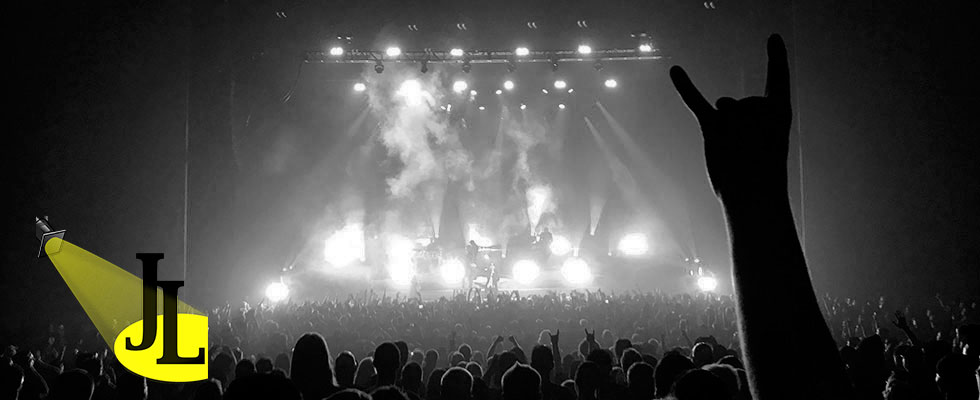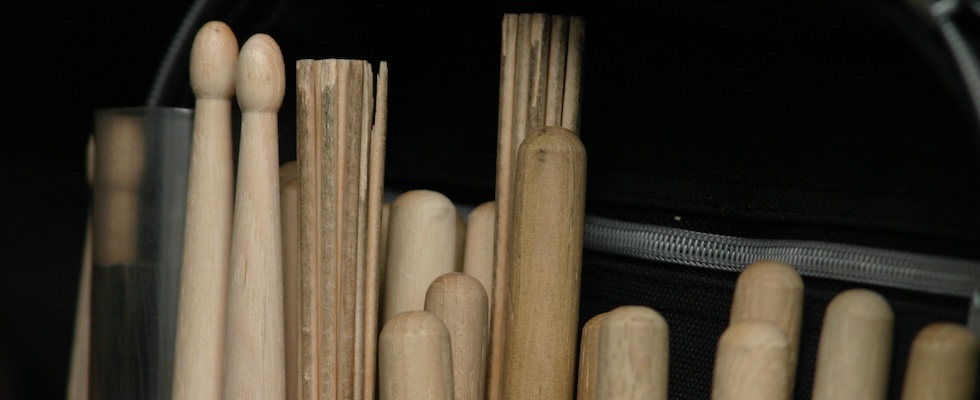While launching our first ship, I was tasked with leading the build of a concert stage and roof for our fly-on act – 80’s New Wave icons ABC Band with Martin Fry.
Orchestrating the build of a stage and roof on land is a challenge in and of itself. Many elements come into play. You have to consider space and show needs, budget, safely rigging the structure, and the logistics of moving people and equipment to meet those demands in a typically very tight timeline. Now, imagine trying to accomplish all of those things on a brand new cruise ship launched by a brand new company in a foreign port during the tail-end of a pandemic.
I started by investigating the location of the concert and met with our local riggers as well as rigging consultants to see if we could raise a structure ourselves using points on the pool deck. Unfortunately, the tie-offs couldn’t bear the weight leaving us with the only option of erecting a conventional truss structure and flying a roof with ballast support. This led to new challenges. We couldn’t float safely with a temporary stage on deck 15 and we had no place to stow it at sea, so the roof needed to be loaded, built, derigged, and offloaded before we set sail. Getting the stage components to deck 15 posed its own challenge. Tight corridors and elevators that are just shy of 1M x 2M left us to cap components sizes, find an alternative to heavy stone ballasts and required a whole lot of travel through the vessel. This concerned our deck department who insisted that all parts be craned on and off to prevent damage to the interior of the ship.





This raised new logistical challenges. First, we had to investigate pushing the ship’s departure back with the captain, company, and port by at least four hours to meet our project timeline. For those that don’t know. This is not a rubber-stamp request as tides, weather, and port traffic all impact when ships can come and go from the dock. Second, we had to meet with the port agents and a local craning company to discuss crane positioning, the load, lift, and do a risk assessment. All of these items required a sign-off by the captain, company, port, stage, and crane companies before we could move forward.
As these clarences moved through their proper channels, other show logistical pieces needed to be handled. The transportation of backline gear to the port, to the ship at dock, through the provision door, and up to deck 15 before the show had unique challenges. We needed to create a timeline to connect those outside the ship (stevedores, port security, etc.) with those inside the vessel (clearance officer, hotel department, technicians, etc.) to move the items from land to the vessel. We then needed to get clearance for backline vehicles and drivers to enter the port and approach Scarlet Lady at the dock.
Further security clearance and COVID testing needed to be orchestrated for all individuals boarding the vessel including stage riggers, crane spotters, the band, and their entourage. Inside Scarlet, multiple departments were brought into the project. The deck department to assist with clearing the stage area, helping us protect the deck, filling and draining water ballasts, and roping off safe zones for craning. Security, the clearance officer, hotel department, and ship doctor were prepped for the arrival of local labor, and screening equipment being craned and forklifted onto the vessel. Catering and rider requirements were organized with food and beverage. Sailor Services and crew engagement were briefed on the project to make customers and crew aware of the day’s activities, itinerary changes, and safe areas during crane movement. Accounting was informed of cost centers for each piece of the build. Finally, the technical team briefed on the backline gear, stage set-up, and how to integrate their technical needs with onboard equipment.
Due to weather patterns, we didn’t receive the official “green light” to proceed until 24-hours before the concert date, but our teams were ready thanks to over-preparedness. The crane was in place as the ship docked that morning. However, a miscommunication led to a two-hour delay in getting items lifted onto the ship. Despite this challenge, the build continued moving forward safely and on-the-fly schedule changes led to us falling only twenty minutes behind for our backline load goal and eventually one hour ahead for a completed soundcheck.
The show was great. The artists were happy, the organizers thrilled, and excited fans were jumping in the pool during the encore. However, with nowhere to go after the show cruise ship guests remained near the stage as the house lights came on. With time working against us, we went into crowd control mode. I asked FOH to turn off all music and to bring on the brightest white lights we had to demonstrate the show as over to lingering fans. I then used polite, yet assertive, communication to push patrons close to the stage back as technicians roped off the area to create a safe workspace for teardown. The roofing company began embarking the vessel as local labor pushed road cases back down to the provisioning door. Within minutes, they began tearing down the stage as myself and the deck team roped off safe areas on Decks 16, 15, and 7 for crane operations. The entire derig operation was so efficient that we had craned off the last pieces of stage safely nearly two hours ahead of our load-out end time.
This 22 hour marathon day was nearly two months in the making and a huge team effort thanks to our Virgin Voyages team, our friends at the Portsmouth Port, CPS Staging, Imagine Cruising, the band, and their management teams. It was a remarkable undertaking for a new ship under a new brand operating in a foreign market and everyone should be proud of their contributions. ?










